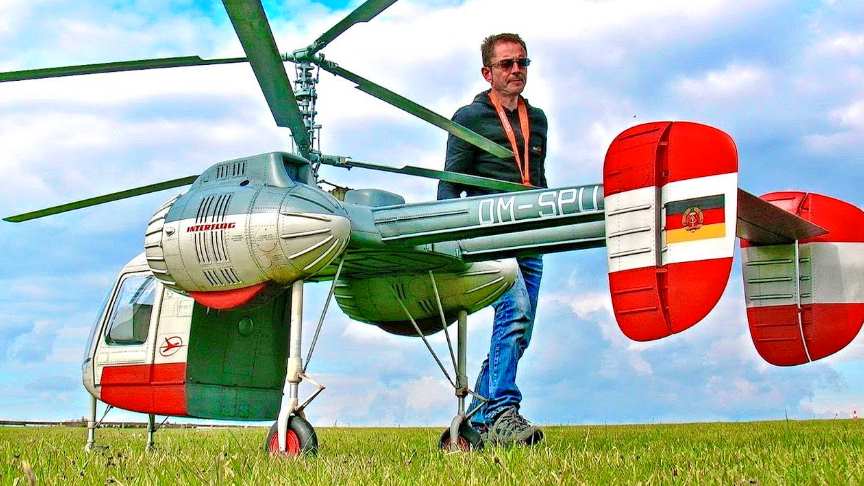Hi,
There seems to be a lot of information out there for Quadcopters, but I've taken an interest in Helicopter/Single-Rotor Drones but am quite new to the whole design/build process of them.
Would anyone have any pointers and/or advice for building a Heli-Drone with a payload capacity of 5Kg for example. How do I go about specifying the right components and what calculations do I need to determine the type of airframe required, and what motor is best with propellers etc.
Any advice and/or information would be greatly appreciated.
There seems to be a lot of information out there for Quadcopters, but I've taken an interest in Helicopter/Single-Rotor Drones but am quite new to the whole design/build process of them.
Would anyone have any pointers and/or advice for building a Heli-Drone with a payload capacity of 5Kg for example. How do I go about specifying the right components and what calculations do I need to determine the type of airframe required, and what motor is best with propellers etc.
Any advice and/or information would be greatly appreciated.










Comment